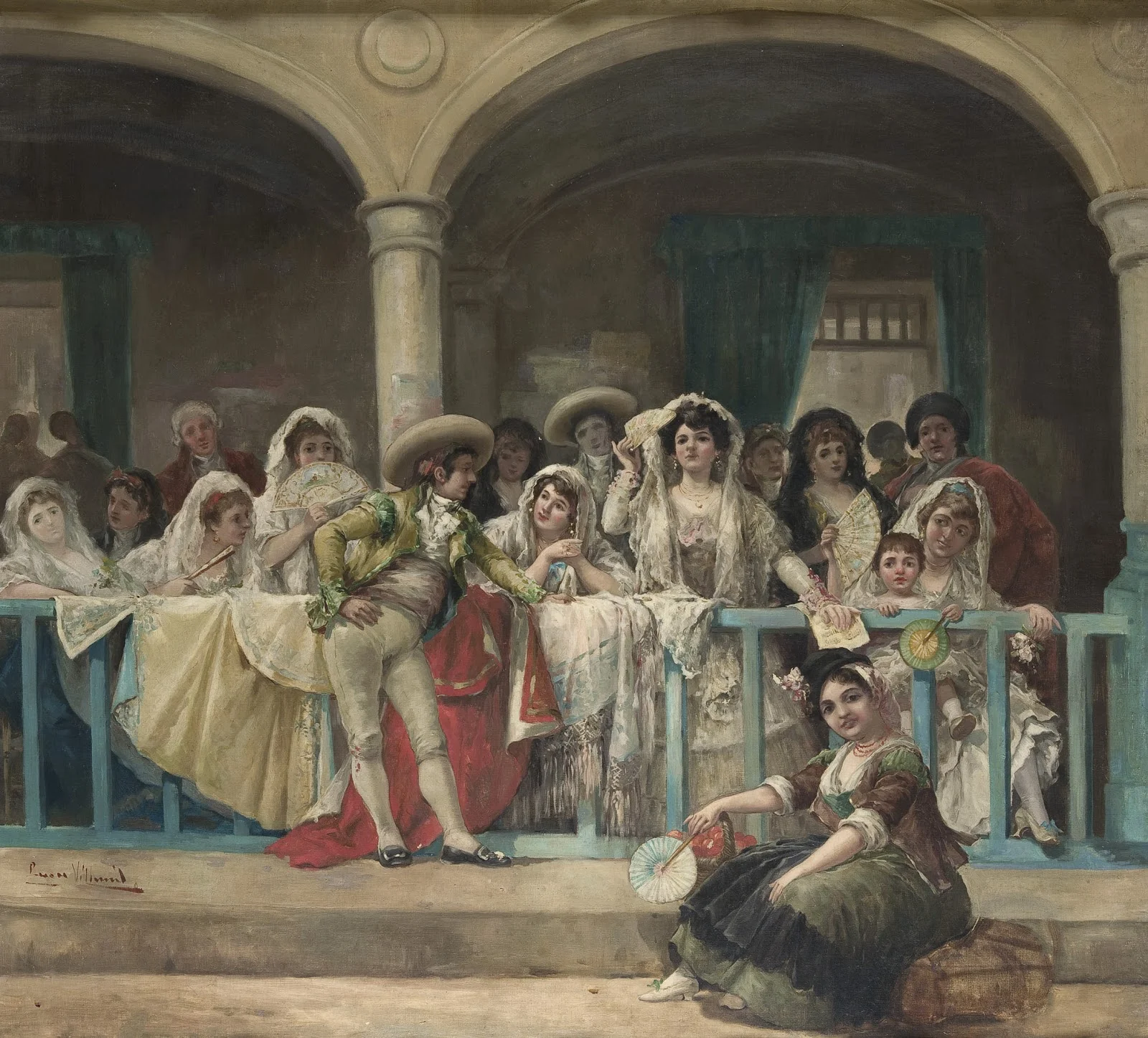Ricardo Sanz is a San Sebastián painter. His work is contemporary figurative style.
His artistic vocation was forged through his grandfather, owner of the Art Gallery La Perfecta in which he met the great artists of the painting: Sorolla, Zuloaga, Vázquez Diaz, etc.
At fourteen he began his training as a painter with José Camps, while he continued his studies until graduating in History from the University of Deusto and Art History in Madrid.
In Paris and Italy continues his apprenticeship with prominent painters of the time.








































